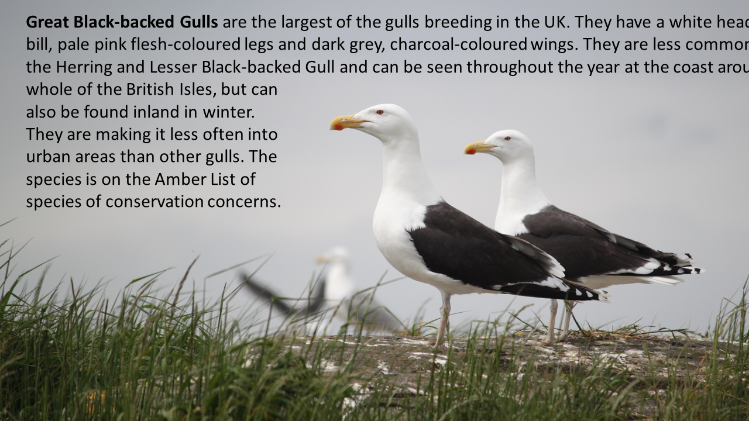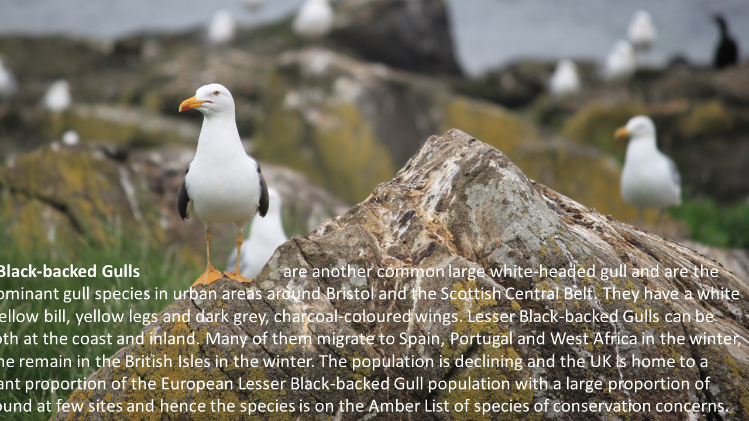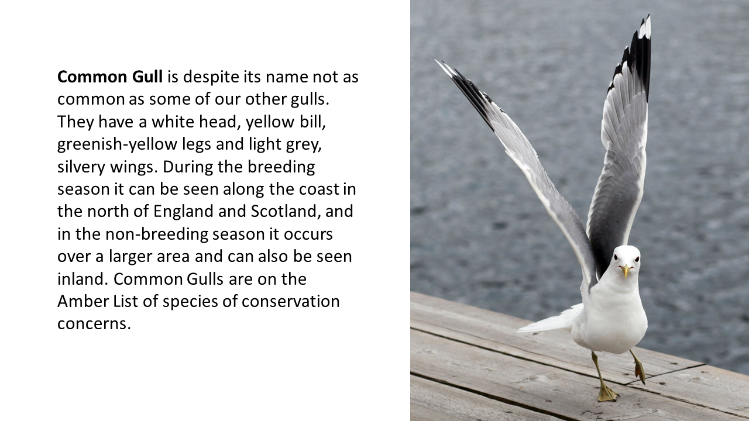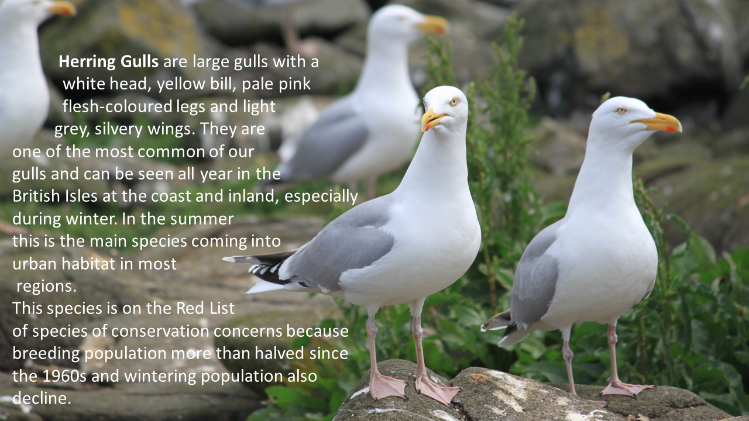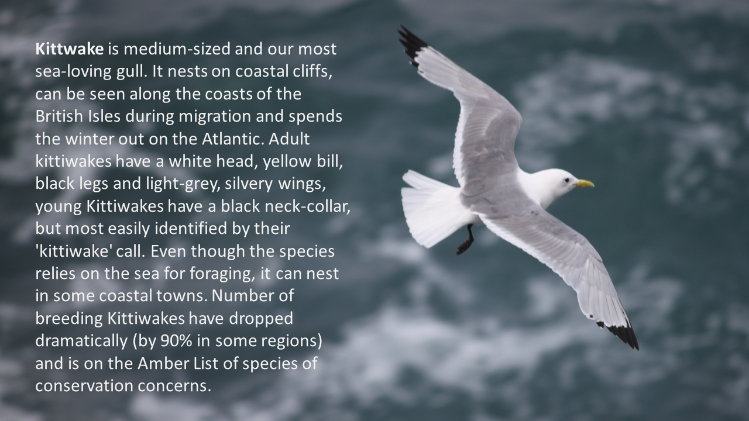What Species
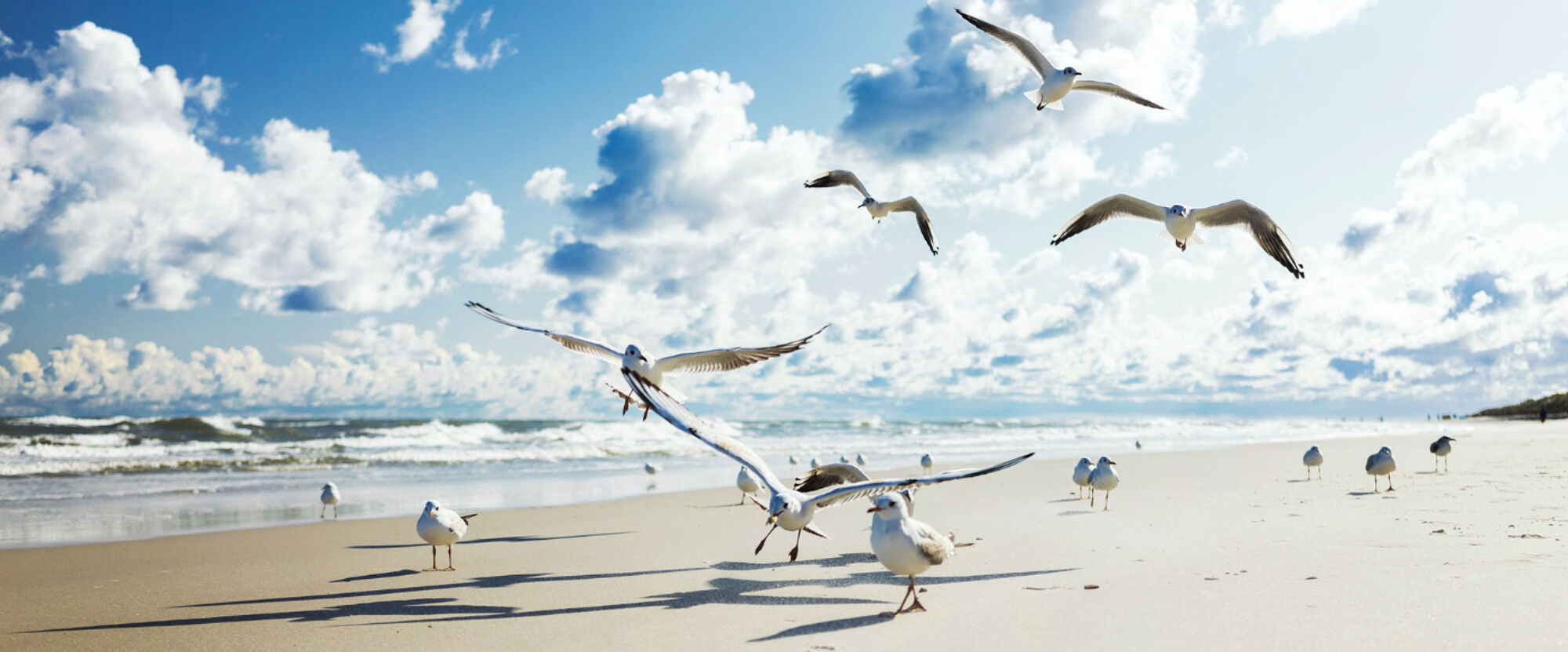
Gull Identification Decision Tree
The University of Glasgow uses cookies for analytics. Find out more about our Privacy policy.
Necessary cookies enable core functionality. The website cannot function properly without these cookies, and can only be disabled by changing your browser preferences.
Analytical cookies help us improve our website. We use Google Analytics. All data is anonymised.
Clarity helps us to understand our users’ behaviour by visually representing their clicks, taps and scrolling. All data is anonymised.

Gull Identification Decision Tree
